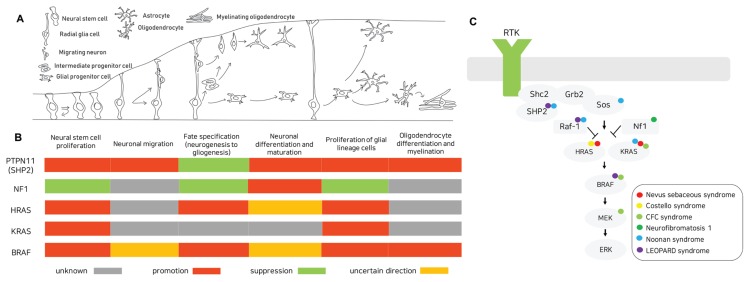Fig. 1. The role of RAS pathway in neurodevelopmental process.
(A) The simplified view of the corticogenesis. For more detail information, refer to Hanashima and Toma (2015); Paridaen and Huttner (2014). The neurodevelopmental process progresses from left to right. Neuronal differentiation, proliferation of glial lineage cells, and oligodendrocyte differentiation and myelination occur at the same time in different cell types. (B) The role of components in the RAS/MAPK pathway in neurodevelopmental process. Each column is listed in the chronological order roughly, matching with Figure 1A. Red represents that the corresponding proteins promotes the step of column, in contrast, green means that the corresponding proteins suppresses the step of column. Gray indicates that the relationship of gene and each step is unknown. Yellow indicates that the genes are involved in each step, but it is uncertain that those genes promote or suppress the process. Of note, NF1 is a negative regulator of RAS/MAPK pathway, unlike the other genes. (C) The RAS/MAPK pathway and the disorders involving somatic/germline mutations of related genes. RTK, receptor tyrosine kinase; Nf1, neurofibromatosis type 1.

